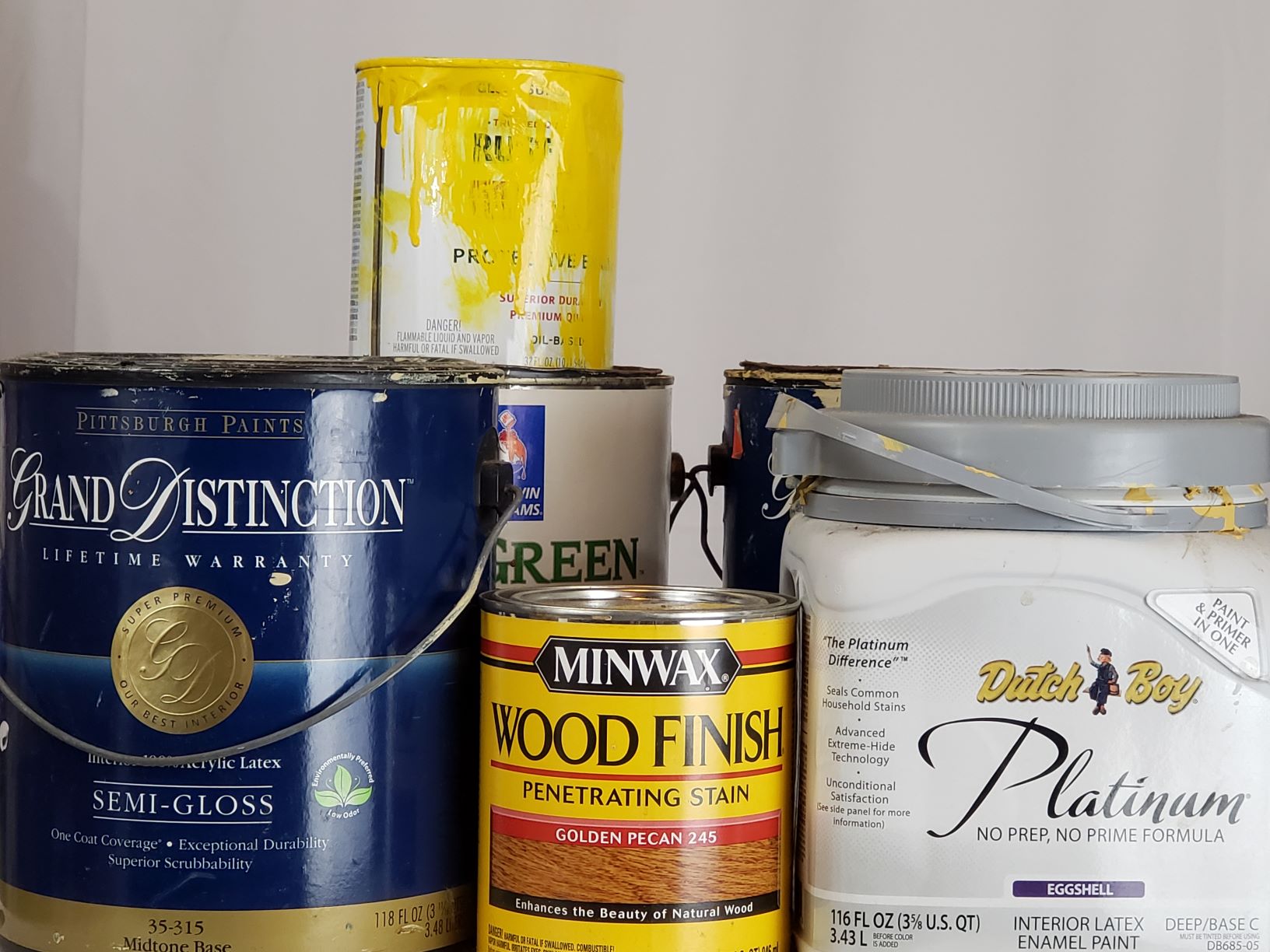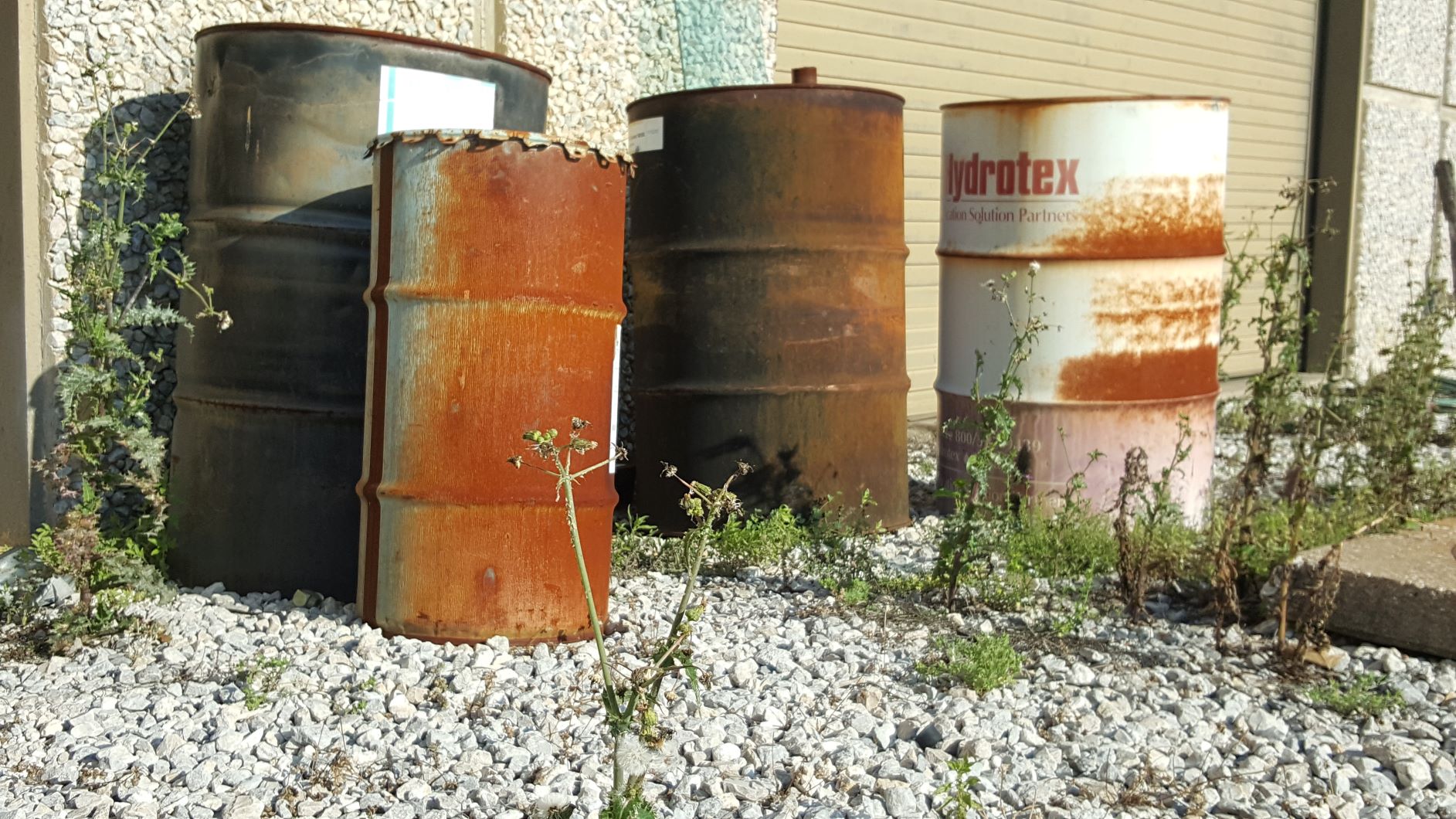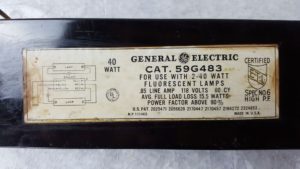A question about the classification of a waste as a non-hazardous industrial solid waste in Texas on Mar 8, 2022, 12:09 PM:
Daniel,
Thank you for the assistance on the UW issues I asked about in February of this year. Can you provide me with your comments on the following for waste classification in Texas for Class II classification?
We have a pretreatment system that we use to pre-clean metal parts prior to powder coating process and the tanks (1-6) go through a Quarterly PM (pressure washing process of all tanks internal walls and floor after first being emptied into a holding tank with pH adjusted per local city discharge and discharged directly into city drain).
The rinse water from this cleaning process from inside the tanks is vacuumed and removed with any sludge found on the bottom which might be in the rinse water if any. We are using Class 1 classification and I think it should be Class 2 and all lab tests on this rinse water have no elevated parameters to ever be classified as hazardous. On top of that all the tanks are emptied prior to any rinsing because the tanks are now emptied into the holding tank for final discharge into city wastewater drain.
I also wonder if this “waste water” could be excluded from any RCRA regulations and regulated instead by the Clean Water Act.
Daniels Training Services, Inc. 815.821.1550 |
My reply that same day:
There is a lot to consider. I will try to answer your questions below.
- Based on your description, it is clear you generate an industrial waste. Read: The Identification of Industrial & Non-Industrial Waste in Texas
- Class 1 non-hazardous industrial solid waste in Texas includes the following classifications:
- Empty containers with a capacity of more than 5 gallons.
- Friable asbestos.
- Polychlorinated biphenyls (PCBs).
- Petroleum substance waste
- New chemical substance
- Out-of-state origin
- Ignitable liquid and solid
- Corrosive solid or semi-solid
- Reactive cyanides
- Toxic
- Absence of data/knowledge to classify as Class 2 or 3.
- Of the above classification options, it appears to me the waste would only be a Class 1 non-hazardous industrial solid waste if it meets the criteria for a toxic waste in the Texas Administrative Code (TAC) at 335.505(1). If it does, it is a Class 1 waste. If not, then it isn’t Class 1.
- Of course, you have the option to self-classify it as a Class 1 waste as long as you are able to prove it is not a hazardous waste.
- Class 2 non-hazardous industrial solid waste in Texas includes the following:
- Plant trash
- Supplemental plant production refuse.
- Empty containers with a capacity of 5 gallons or less.
- Out-of-state origin and TCEQ approves as Class 2.
- Of the above, this waste can only be Class 2 as a supplemental plant production refuse per 335.508(3)(B).
- As the pre-treatment of a powder-coating operation it may be eligible for universal waste as a paint and paint-related material.
- The waste water could be managed under the Clean Water Act (CWA) and be exempt from all hazardous waste regulations (USEPA & TCEQ) if its discharge is covered under a Federal permit with USEPA or with your publicly operated treatment works (POTW).
I hope this information is of some assistance. Please contact me with any other questions.
His reply:
Your assistance has been greatly appreciated and thank you for your e-mail. Have a great day.
Contact me with any questions you may have about the generation, identification, management, and disposal of hazardous waste Daniels Training Services, Inc. 815.821.1550 |
Conclusion:
I was unable to provide a clear answer without more information. As I see it, his options are as follows:
- Confirm it is not a hazardous waste. If not,
- Determine if it meets the TCEQ characteristic for toxicity. If yes, it is a class 1 non-hazardous industrial solid waste. If not,
- It will likely be a class 2 non-hazardous industrial solid waste as supplemental plant production refuse. Or,
- It may be managed as universal waste paint and paint-related material. Or,
- It may be exempt from all waste regulation is managed as a wastewater under the Clean Water Act.



